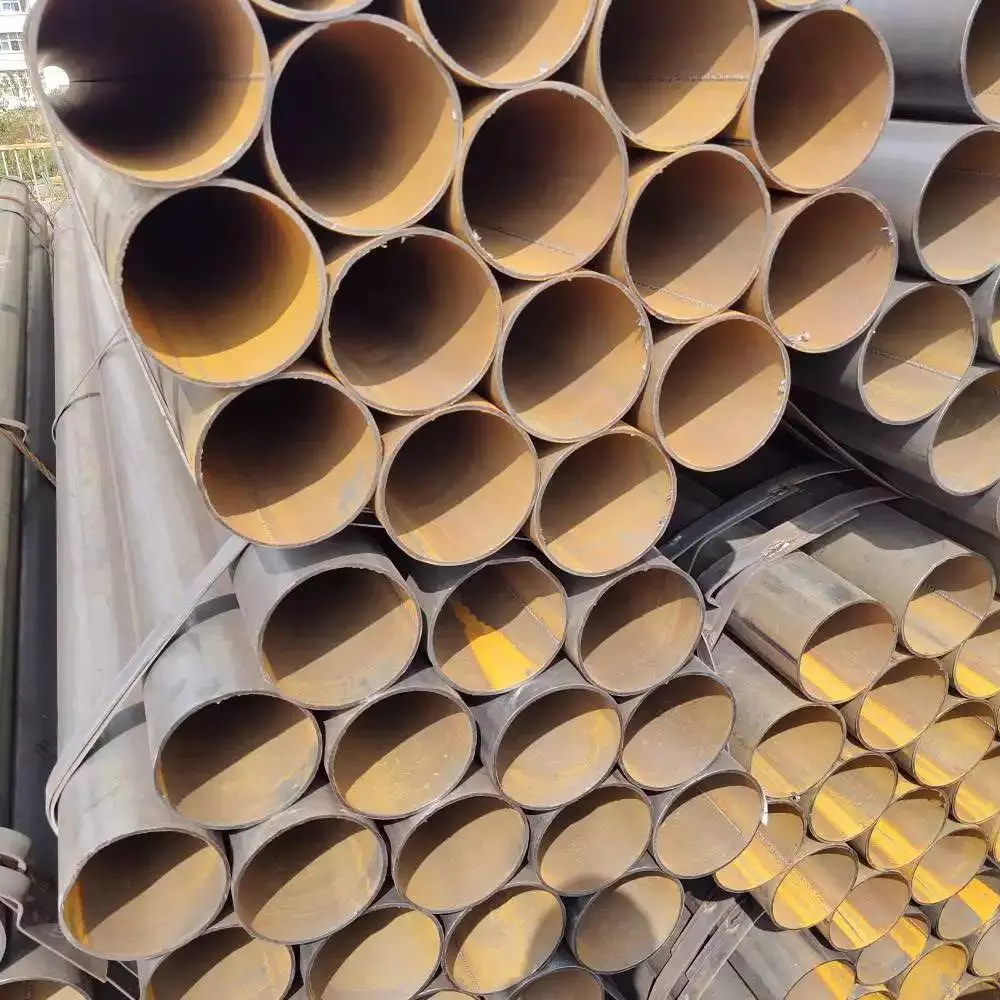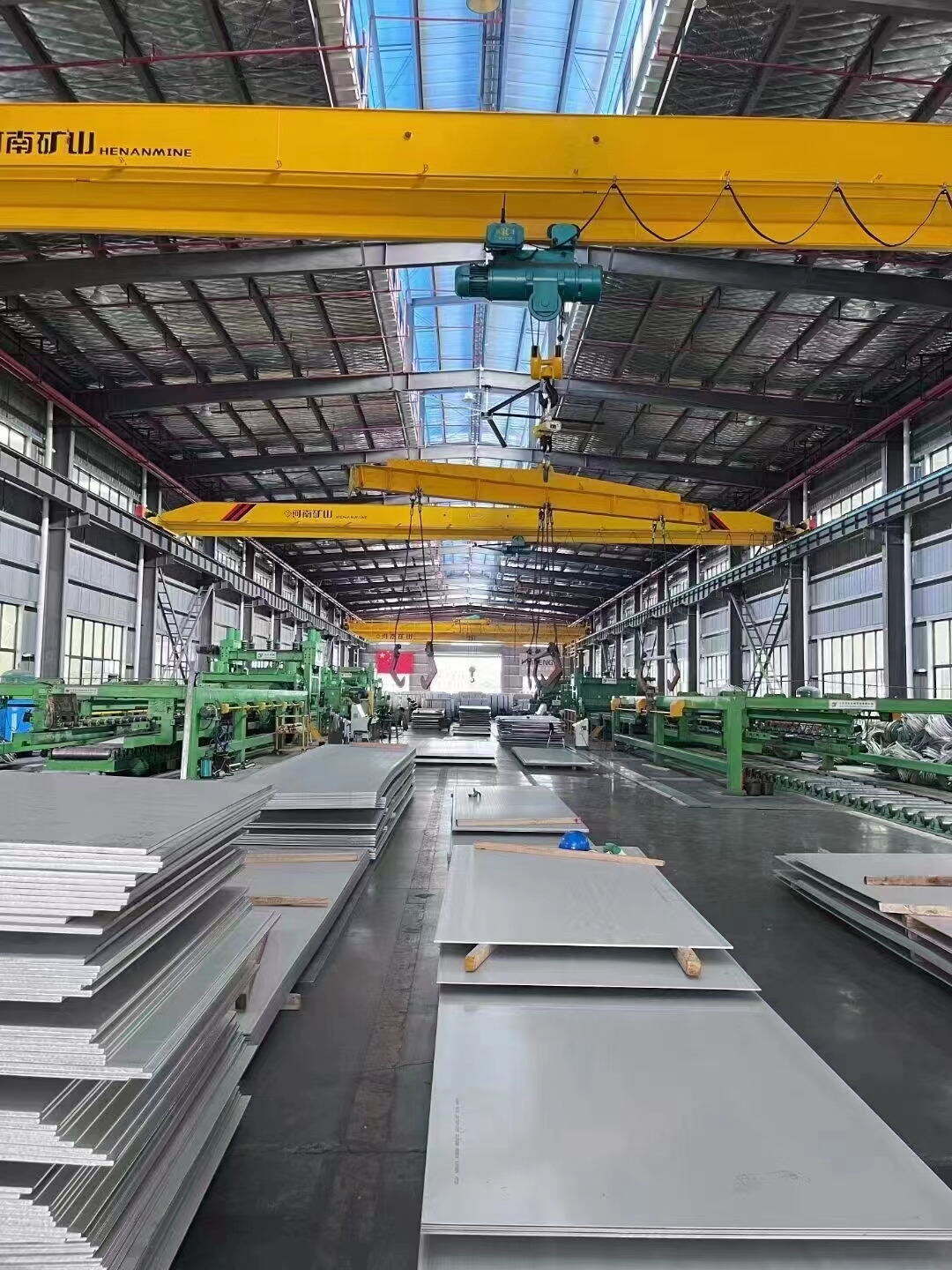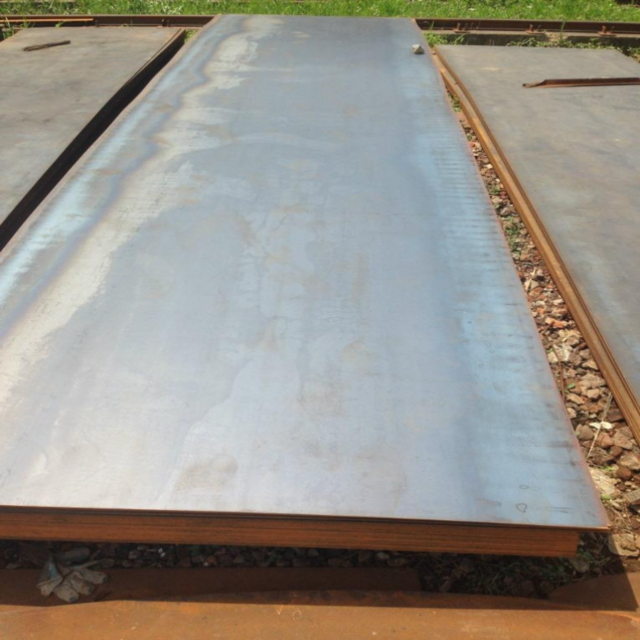mild steel strip
Mild steel strip represents a versatile and widely used form of steel material characterized by its low carbon content, typically ranging from 0.05% to 0.25%. This fundamental composition contributes to its exceptional malleability and formability, making it an ideal choice for various industrial applications. The manufacturing process involves careful rolling and heat treatment procedures, resulting in a product that offers consistent quality and dimensional accuracy. These strips are available in various widths, thicknesses, and lengths, accommodating diverse project requirements. The material exhibits excellent welding properties and can be easily machined, cut, and formed into different shapes. Its surface finish can range from matt to bright, depending on the specific application needs. The mild steel strip's balanced mechanical properties, including moderate tensile strength and good ductility, make it particularly suitable for structural applications, manufacturing processes, and general fabrication work. The material also demonstrates remarkable wear resistance and can withstand regular operational stress, making it a reliable choice for both industrial and commercial applications.


